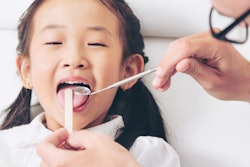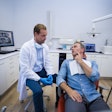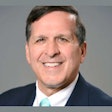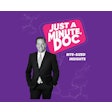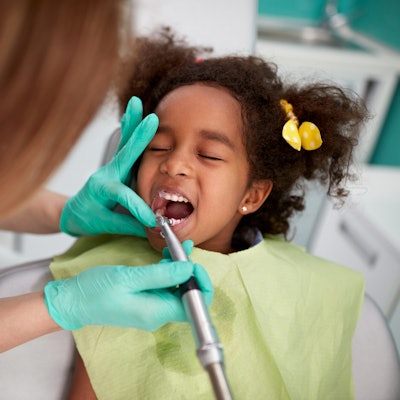
Research shows that healthcare utilization is lower among LGBTQ+ youth. There are simple swaps that can help welcome LGBTQ+ youth to your practice, according to diversity and inclusion advocates Drs. Marita Inglehart and Scott Schwartz.
Some tips shared by Inglehart and Schwartz include the following:
- Move away from gender norms and gendered language. For example, refer to pediatric patients using gender-inclusive terms, such as "buddy" instead of "princess" or "little man."
- If your office provides stickers, prizes, and toothbrushes, allow patients to choose what they want rather than assuming and making the choice for them.
- For adolescent patients, keep questions open-ended. For example, ask "Are you going to prom with someone?" instead of "Are you taking your girlfriend/boyfriend to prom?"
- Update intake forms to reflect the diversity of families. For instance, ask for the names of "Parent 1" and "Parent 2" on the form, rather than "Mother" and "Father."
Inglehart and Schwartz emphasized the importance of considering the unique needs of pediatric LGBTQ+ patients, since data shows the prevalence of youth who identify as LGBT is growing. A 2016 survey conducted by the U.S. Centers for Disease Control and Prevention (CDC) indicated that 8% of high school students identify as lesbian, gay, or bisexual; in 2017, the CDC's Youth Risk Behavior Survey (YRBS) showed that 1.8% self-identified as transgender.
"In dental school and in residency training, we learn about certain dental anomalies that occur in only 1% to 3% of the population...And as dentists, we are seeing these cases multiple times a week," said Schwartz. "Trans youth are identifying around 2%. I think that people like to think about that as a small number...but these are kids who show up in practice whether or not they are identifying themselves."





